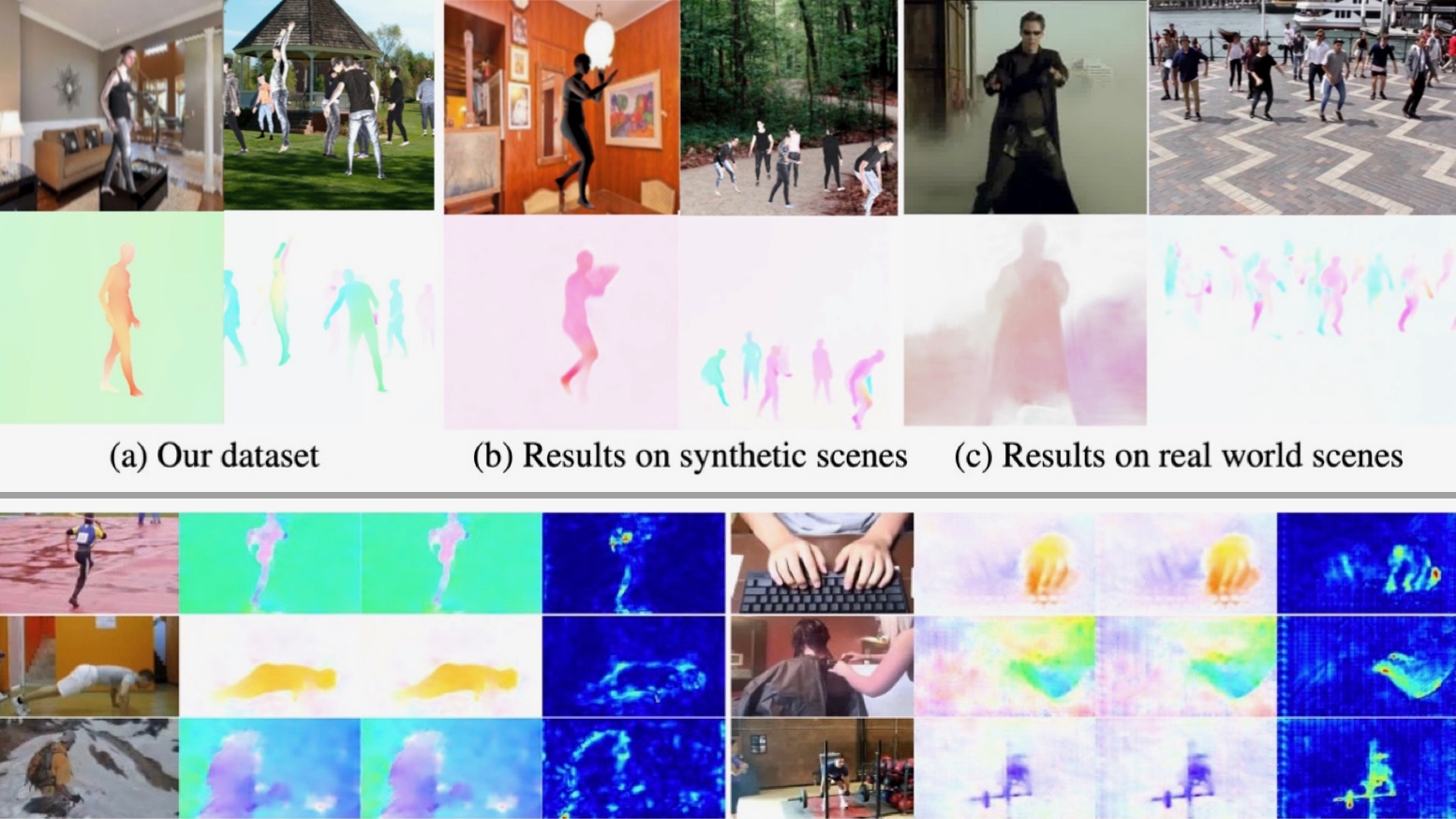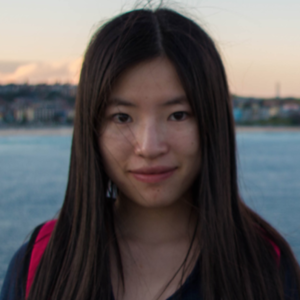Reinforcement Learning and Control
Model-based Reinforcement Learning and Planning
Object-centric Self-supervised Reinforcement Learning
Self-exploration of Behavior
Causal Reasoning in RL
Equation Learner for Extrapolation and Control
Intrinsically Motivated Hierarchical Learner
Regularity as Intrinsic Reward for Free Play
Curious Exploration via Structured World Models Yields Zero-Shot Object Manipulation
Natural and Robust Walking from Generic Rewards
Goal-conditioned Offline Planning
Offline Diversity Under Imitation Constraints
Learning Diverse Skills for Local Navigation
Learning Agile Skills via Adversarial Imitation of Rough Partial Demonstrations
Combinatorial Optimization as a Layer / Blackbox Differentiation
Object-centric Self-supervised Reinforcement Learning
Symbolic Regression and Equation Learning
Representation Learning
Stepsize adaptation for stochastic optimization
Probabilistic Neural Networks
Learning with 3D rotations: A hitchhiker’s guide to SO(3)
Optical Flow and Human Action

Understanding human action requires modeling and understanding human movement. While we mostly focus on 3D human movement, what is directly observable in videos is the 2D optical flow. Previous work has shown that flow is useful for action recognition and, consequently, we explore how to better estimate human flow and improve action recognition.
Specifically, we train a neural network to compute single-human [] and multi-human [
] optical flow. To enable this we create a new synthetic training database of image sequences with ground-truth human optical flow. For this we use the 3D SMPL body model, motion-capture data, and computer graphics to synthesize realistic flow fields; this effectively extends the SURREAL dataset [
]. We then train a convolutional neural network (SpyNet [
]) to estimate human optical flow from pairs of images.
The new network is more accurate than a wide range of top methods on held-out test data and generalizes well to real image sequences. When combined with a person detector/tracker, the approach provides a full solution to the problem of 2D human flow estimation.
Most of the top-performing action-recognition methods use optical flow as a ``black box'' input. In [], we take a deeper look at the combination of flow and action recognition, and find that: 1) optical flow is useful for action recognition because it is invariant to appearance, 2) flow accuracy at boundaries and for small displacements is most correlated with action-recognition performance, 3) training optical flow needs to minimize classification error instead of the popular end-point-error (EPE) to improve action recognition, and 4) optical flow learned for action recognition differs from traditional optical flow mostly inside and at the boundary of human bodies.
Members
Publications










